Launch
The launch week is intended to be a community-led programme that brings together students from across the course – you’ll take part in peer bonding sessions, research trips, design sprint exercises and talks.
Design Concepts
You’ll explore graphic experimentation, with emphasis placed firmly on communication. It focuses on the practical use of graphic principles as a means of conveying information across a variety of outcomes and media types and formats.
Equality, Diversity and Inclusion 1
As visual practitioners, we are responsible for the socio-political make-up of our lives and the lives of others. You’ll think critically about how our worlds are created, and how they work together within relationships, communities, and collectives.
Typographic Studies 01
You’ll focus on the investigation, testing and application of the guiding principles and processes associated with Graphic Design, with three main focal points – typography, creative methodology and the overarching principles of visual communication.
Opportunity
Opportunity Week is a Hackathon - an opportunity for students to work across year groups to produce and replicate industry practice. You’ll undertake a live brief set by industry, collaborate with students from other courses, and present your results at the end.
Design Thinking
You’ll further develop your understanding of principles within a broad range of graphic design outcomes, with increasing depth of enquiry and knowledge of contemporary visual communication methods and processes. You’ll explore the use of narrative through multiple outcomes to encourage applied testing of consistent and dynamic graphic language.
Design, Creativity and Innovation
There are massive-scale problems and opportunities in the world. As designers, we approach these challenges with the aim of developing critical and meaningful ways to articulate and build cultural change. You’ll be asked to translate abstract issues into tangible design proposals, grounding projects in real-world social, cultural, technological, and economic issues. The content is concerned with the social, cultural, environmental, and ethical consequences of contemporary life.
Proclamation
This unit provides an opportunity to reflect on your activities over the year and present your findings to the wider world. It will offer time and space to resolve and collate the work you have produced over the year and present it back to the public sphere via publication, exhibition or happening.
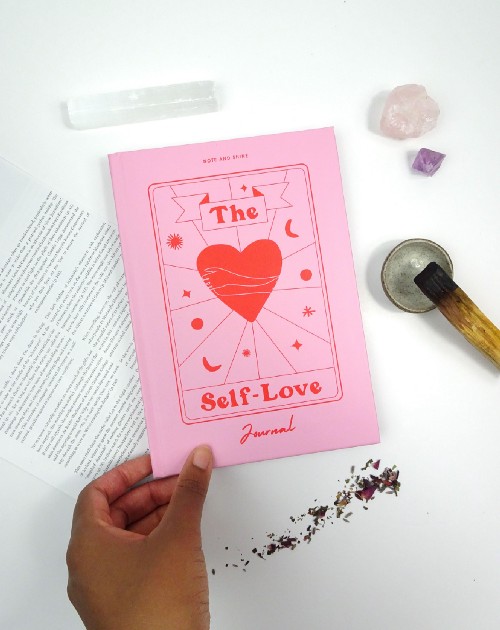
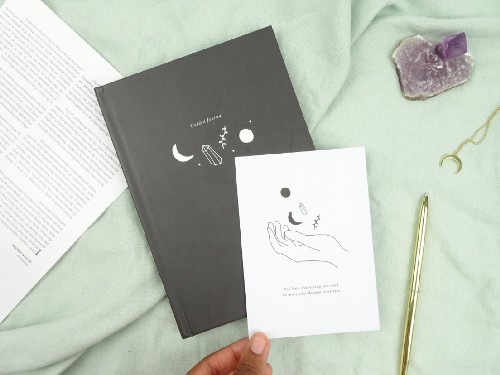
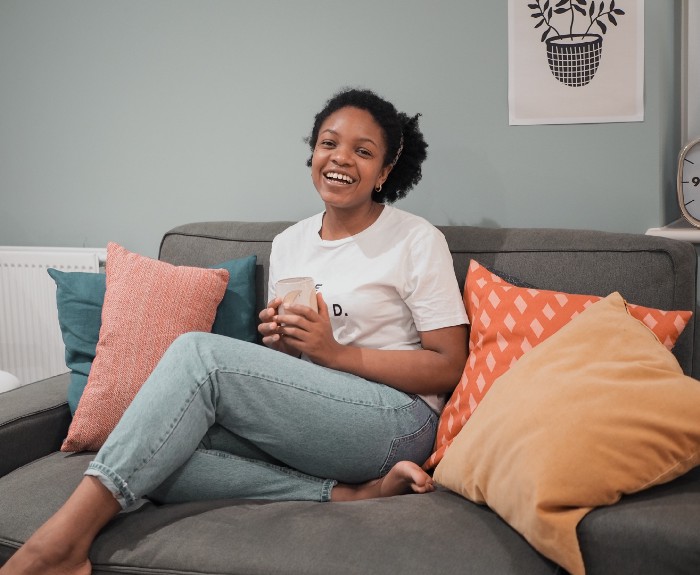



-Graphic-Design,-UCA-Farnham_2022.jpg)
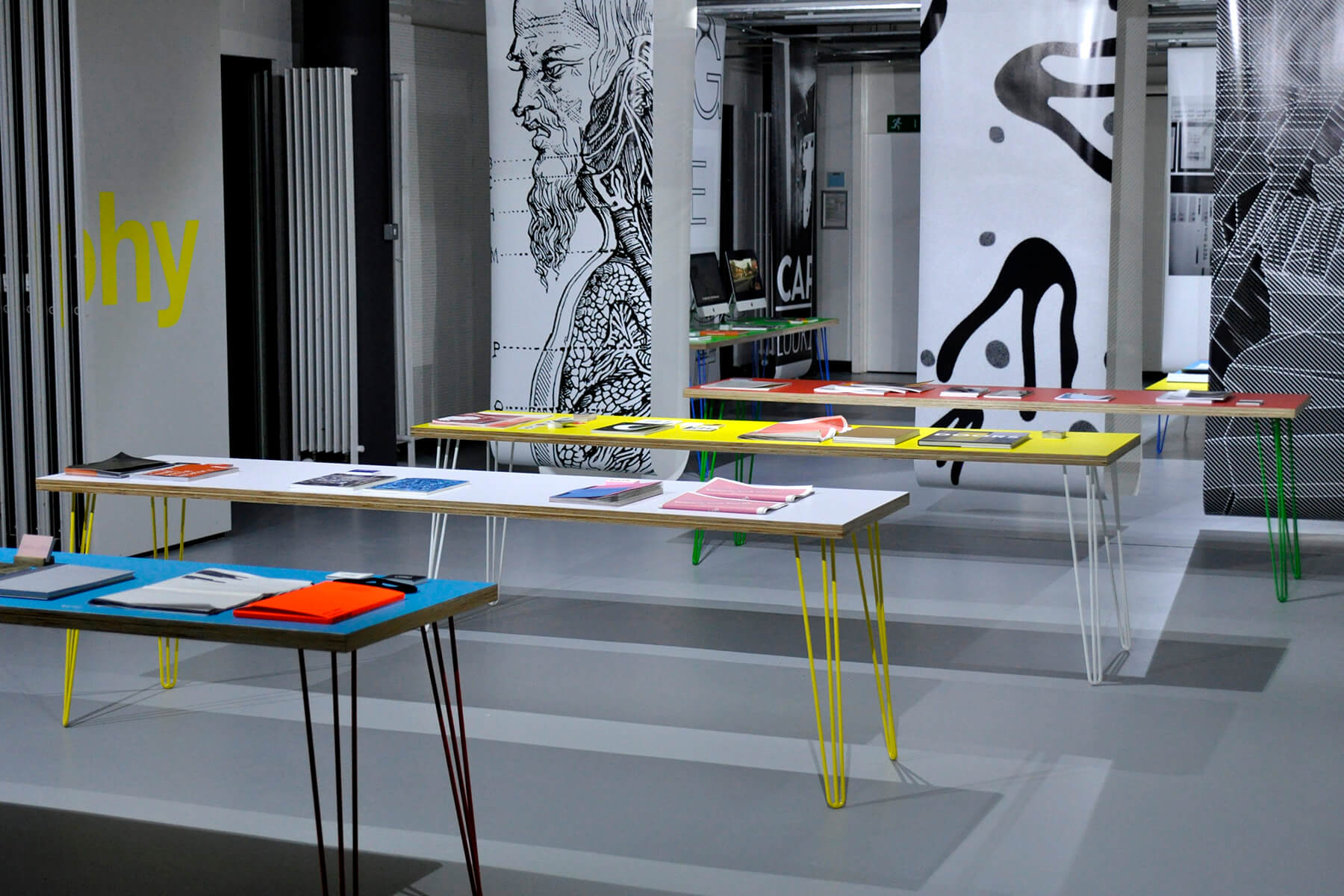
/prod01/channel_8/media/marketing-media/video-thumbnails/graphic-design-thumbnail-no-text.jpg)
/prod01/channel_8/media/marketing-media/students/Michael-Tilley---Alumni-Stories.jpg)
/prod01/channel_8/media/marketing-media/student-work/undergrad-courses/graphic-design-farnham-/2023/Naomi-Rebosapca_-BA-_Hons_-Graphic-Design_-UCA-Farnham_1.jpg)
/prod01/channel_8/media/marketing-media/student-work/undergrad-courses/graphic-design-farnham-/2023/Victoria-Howell_-BA-_Hons_-Graphic-Design_-UCA-Farnham_4.jpg)
/prod01/channel_8/media/marketing-media/student-work/undergrad-courses/graphic-design-farnham-/2023/Sofia-Schoultz_-BA-_Hons_-Graphic-Design_-UCA-Farnham_3.jpg)
-Graphic-Communication,-UCA-Farnham_2021.jpg)
/prod01/channel_8/media/marketing-media/student-work/undergrad-courses/graphic-design-farnham-/2023/Soyun-Yoon_-BA-_Hons_-Graphic-Design_-UCA-Farnham_2.jpg)
/prod01/channel_8/media/marketing-media/student-work/undergrad-courses/graphic-design-farnham-/2021/Lara-Thurgood,-BA-(Hons)-Graphic-Communication,-UCA-Farnham_2021.jpg)
/prod01/channel_8/media/marketing-media/student-work/undergrad-courses/graphic-design-farnham-/2021/Marcelina-Slabuszewska,-BA-(Hons)-Graphic-Communication,-UCA-Farnham_2021.jpg)
/prod01/channel_8/media/marketing-media/student-work/undergrad-courses/graphic-design-farnham-/2023/Naomi-Rebosapca_-BA-_Hons_-Graphic-Design_-UCA-Farnham_2.jpg)
/prod01/channel_8/media/marketing-media/student-work/undergrad-courses/graphic-design-farnham-/2023/Soyun-Yoon_-BA-_Hons_-Graphic-Design_-UCA-Farnham_3.jpg)
/prod01/channel_8/media/marketing-media/student-work/undergrad-courses/graphic-design-farnham-/2022/Livy-Walliker,-BA-(Hons)-Graphic-Design,-UCA-Farnham_2022.jpg)
/prod01/channel_8/media/marketing-media/student-work/undergrad-courses/graphic-design-farnham-/2020/Joana-Nunes,-BA-(Hons)-Graphic-Design,-UCA-Farnham_2020.jpg)
/prod01/channel_8/media/marketing-media/student-work/undergrad-courses/graphic-design-farnham-/2022/Charlie-Thursfield,-BA-(Hons)-Graphic-Design,-UCA-Farnham_2022.jpg)
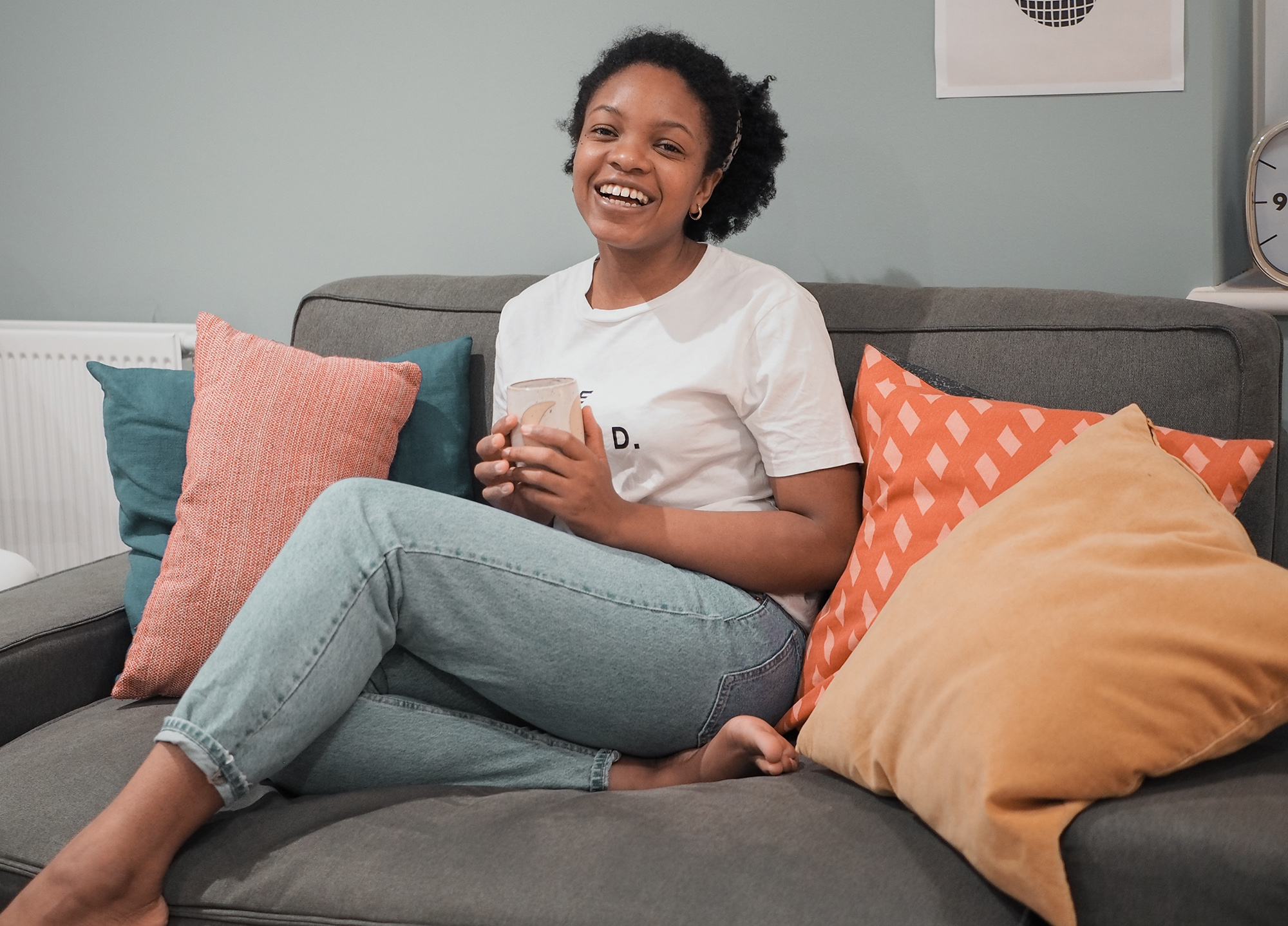
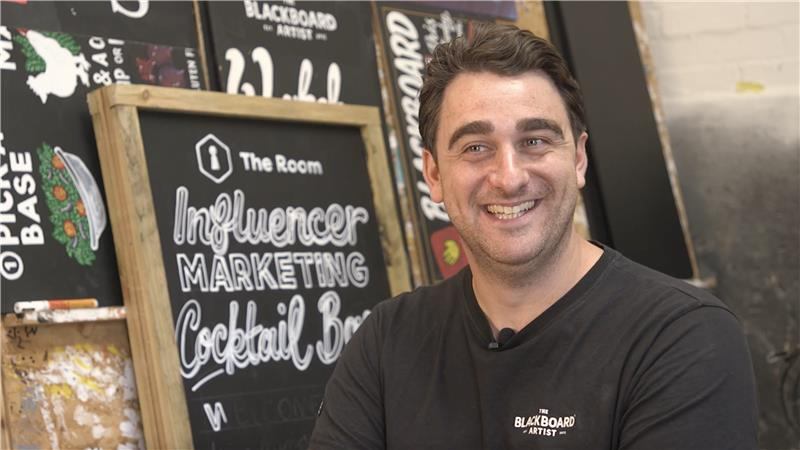
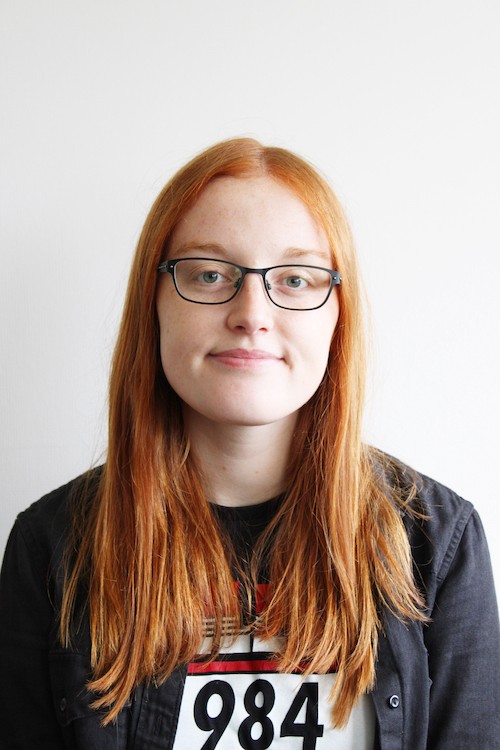
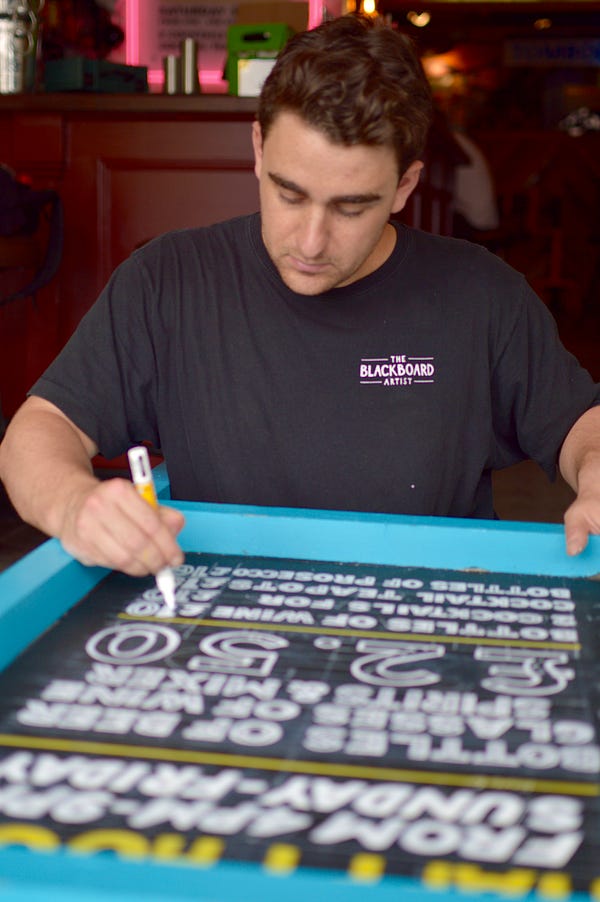
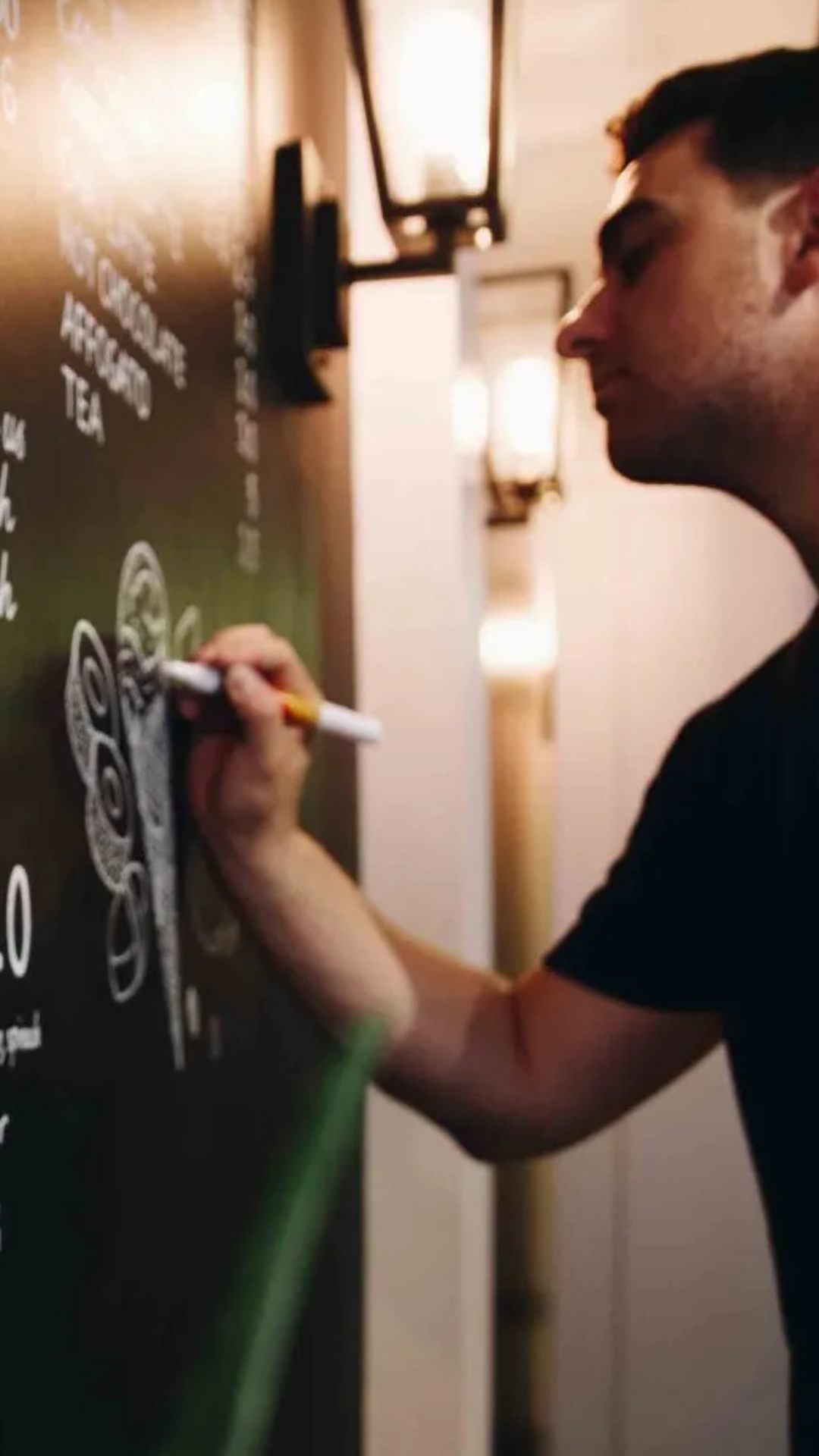
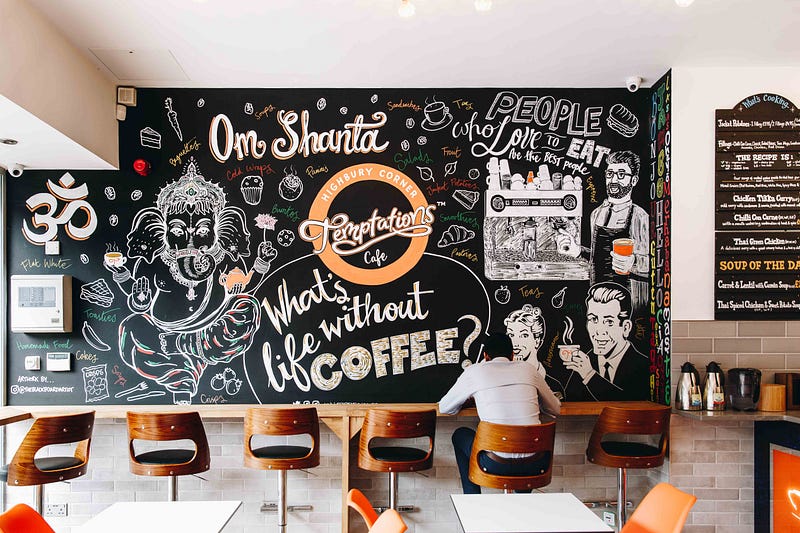
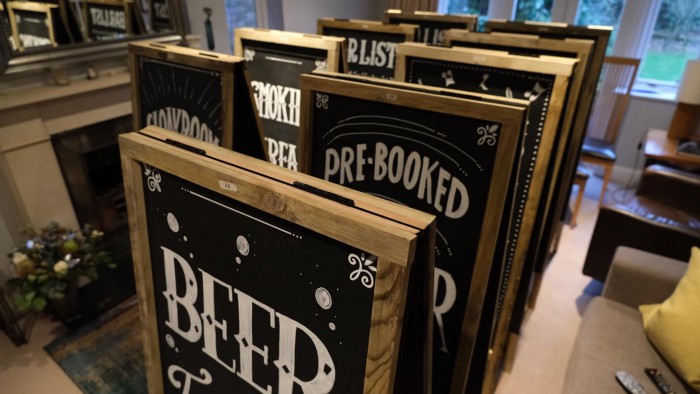
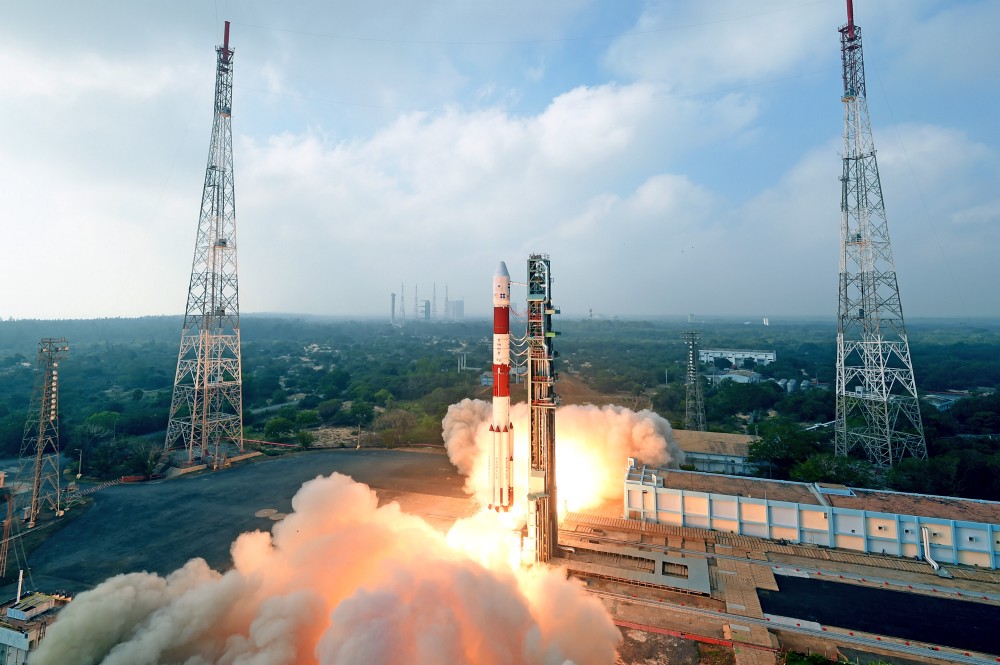
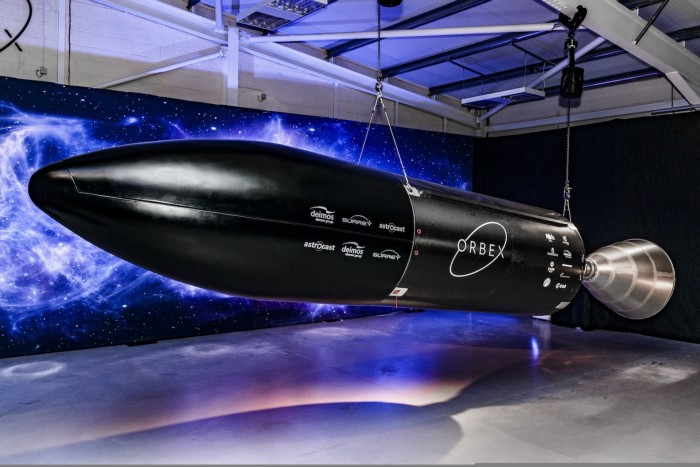

/prod01/channel_8/media/marketing-media/campuses/farnham/facilities/graphics-studios/343-1120-Graphics-Studios,-UCA-Farnham_1.jpg)
/prod01/channel_8/media/marketing-media/campuses/farnham/facilities/print-room/UCA_Farnham_Oct_16-1158.jpg)
/prod01/channel_8/media/marketing-media/campuses/farnham/facilities/digital-suites/uca_farnham_crafts__march_17-785.jpg)
/prod01/channel_8/media/marketing-media/campuses/farnham/facilities/library/UCA_farnham_campus_26th_Oct_17-1295.jpg)
/prod01/channel_8/media/marketing-media/quote-imagery/Emma-Mills,-BA-Graphic-Communication,-Farnham.jpg)
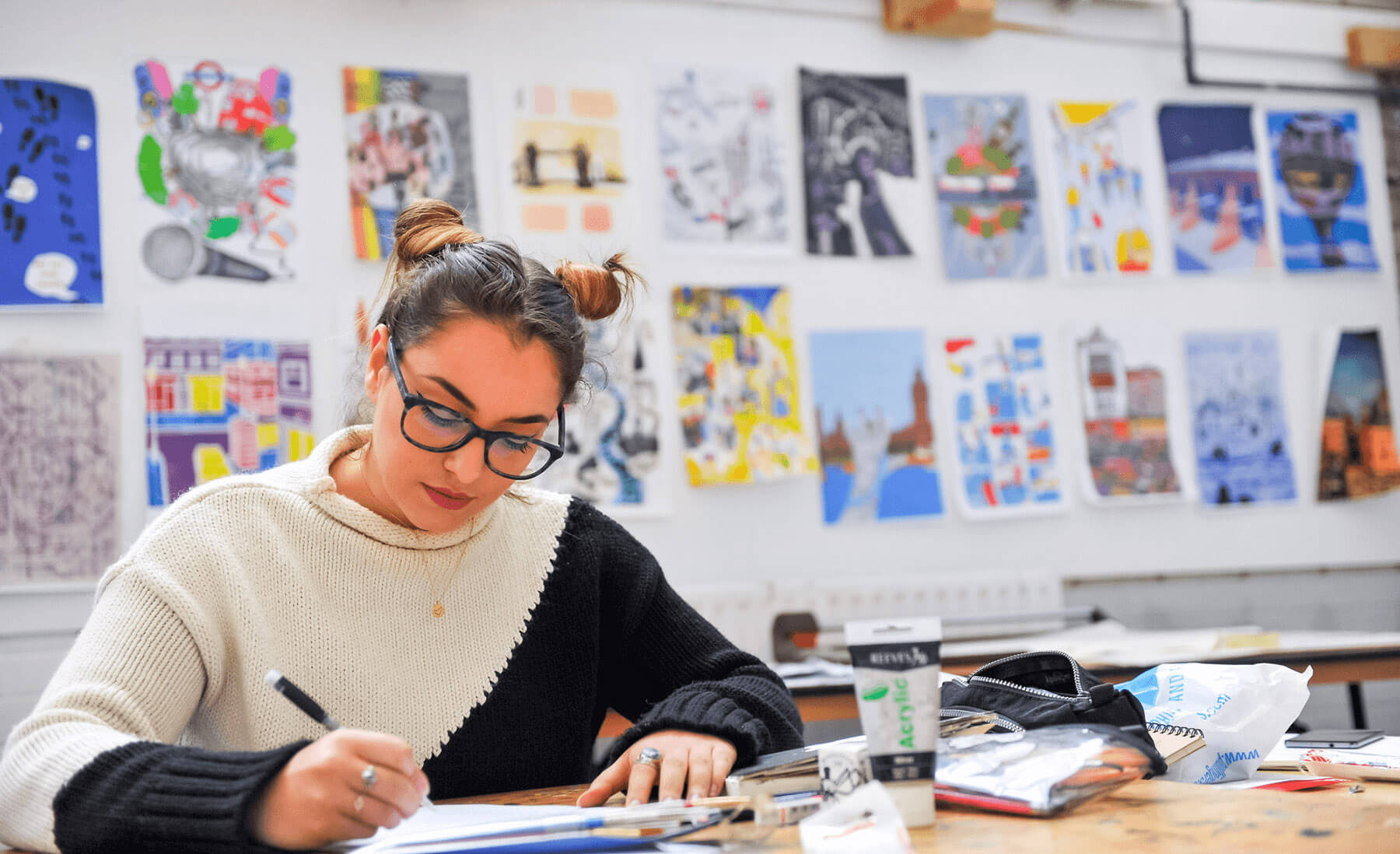
/prod01/channel_8/media/marketing-media/staff-profile-pics/school-of-communication/david-shaw.jpg)
/prod01/channel_8/media/marketing-media/staff-profile-pics/school-of-communication/victoria-slaymaker.jpg)
/prod01/channel_8/media/marketing-media/staff-profile-pics/school-of-communication/jessica-kelly.jpg)
/prod01/channel_8/media/research-and-enterprise/staff-profiles/2023-staff-profile-image-blue.jpg)
/prod01/channel_8/media/marketing-media/staff-profile-pics/school-of-communication/jamie-dobson.jpg)
/prod01/channel_8/media/marketing-media/staff-profile-pics/school-of-communication/artun-ozguner.jpg)
/prod01/channel_8/media/marketing-media/student-work/undergrad-courses/graphic-design-farnham-/2023/Naomi-Rebosapca_-BA-_Hons_-Graphic-Design_-UCA-Farnham_1.jpg)
/prod01/channel_8/media/marketing-media/student-work/undergrad-courses/graphic-design-farnham-/2023/Victoria-Howell_-BA-_Hons_-Graphic-Design_-UCA-Farnham_4.jpg)
/prod01/channel_8/media/marketing-media/student-work/undergrad-courses/graphic-design-farnham-/2023/Sofia-Schoultz_-BA-_Hons_-Graphic-Design_-UCA-Farnham_3.jpg)
/prod01/channel_8/media/marketing-media/student-work/undergrad-courses/graphic-design-farnham-/2021/Keelin-Wright,-BA-(Hons)-Graphic-Communication,-UCA-Farnham_2021.jpg)
/prod01/channel_8/media/marketing-media/student-work/undergrad-courses/graphic-design-farnham-/2023/Soyun-Yoon_-BA-_Hons_-Graphic-Design_-UCA-Farnham_2.jpg)
/prod01/channel_8/media/marketing-media/student-work/undergrad-courses/graphic-design-farnham-/2021/Lara-Thurgood,-BA-(Hons)-Graphic-Communication,-UCA-Farnham_2021.jpg)
/prod01/channel_8/media/marketing-media/student-work/undergrad-courses/graphic-design-farnham-/2021/Marcelina-Slabuszewska,-BA-(Hons)-Graphic-Communication,-UCA-Farnham_2021.jpg)
/prod01/channel_8/media/marketing-media/student-work/undergrad-courses/graphic-design-farnham-/2023/Naomi-Rebosapca_-BA-_Hons_-Graphic-Design_-UCA-Farnham_2.jpg)
/prod01/channel_8/media/marketing-media/student-work/undergrad-courses/graphic-design-farnham-/2023/Soyun-Yoon_-BA-_Hons_-Graphic-Design_-UCA-Farnham_3.jpg)
/prod01/channel_8/media/marketing-media/student-work/undergrad-courses/graphic-design-farnham-/2022/Livy-Walliker,-BA-(Hons)-Graphic-Design,-UCA-Farnham_2022.jpg)
/prod01/channel_8/media/marketing-media/student-work/undergrad-courses/graphic-design-farnham-/2020/Joana-Nunes,-BA-(Hons)-Graphic-Design,-UCA-Farnham_2020.jpg)
/prod01/channel_8/media/marketing-media/student-work/undergrad-courses/graphic-design-farnham-/2022/Charlie-Thursfield,-BA-(Hons)-Graphic-Design,-UCA-Farnham_2022.jpg)